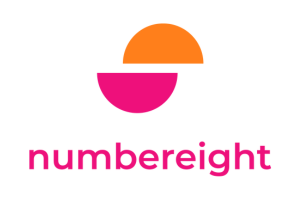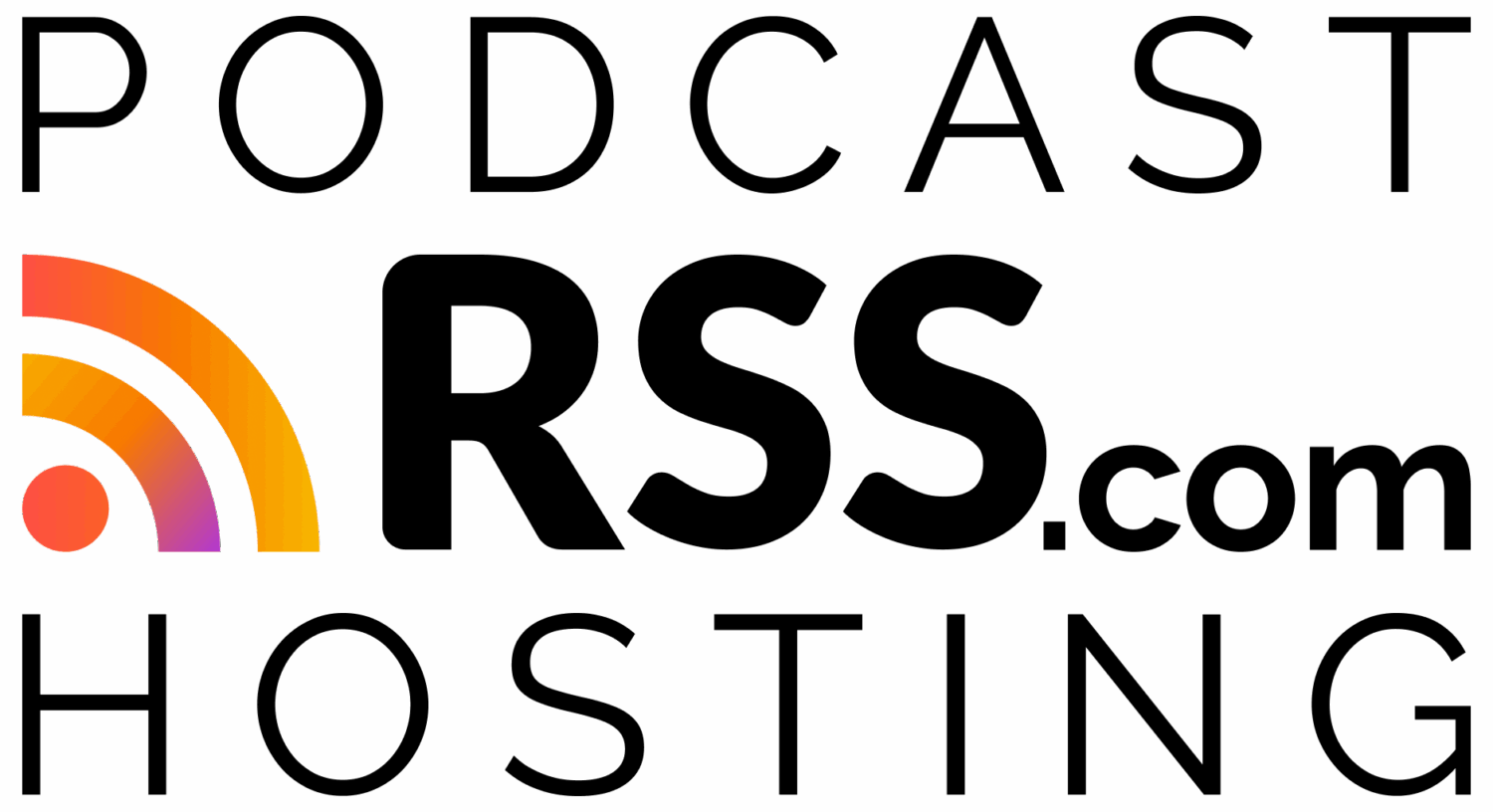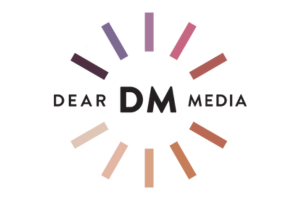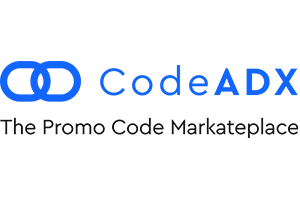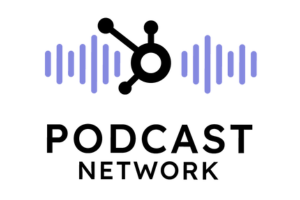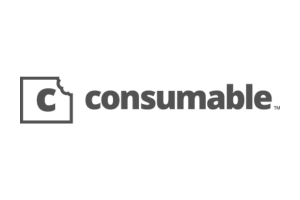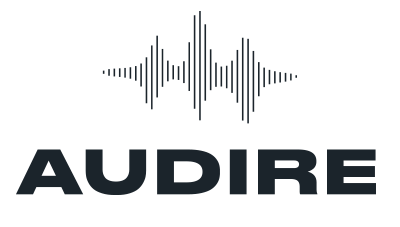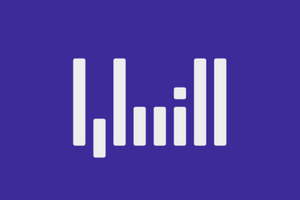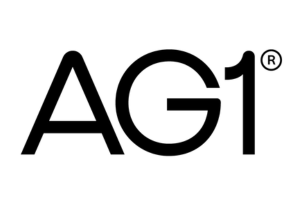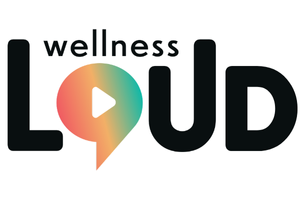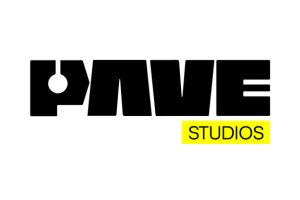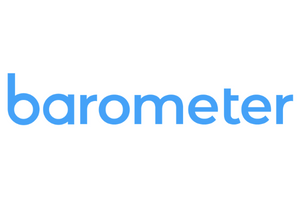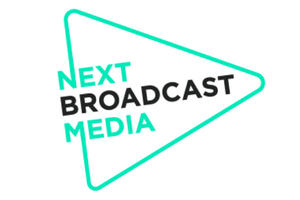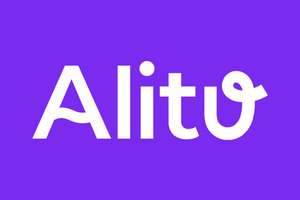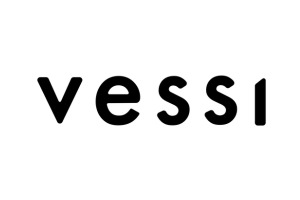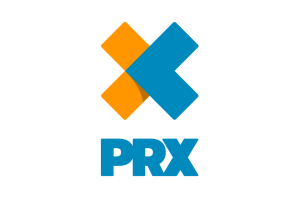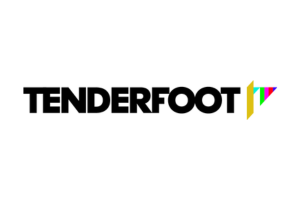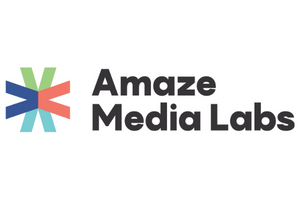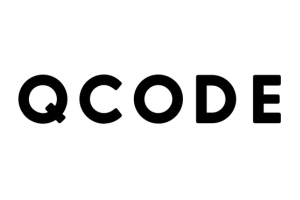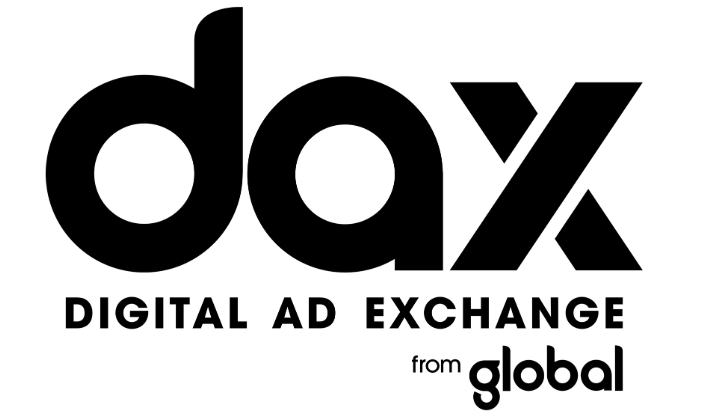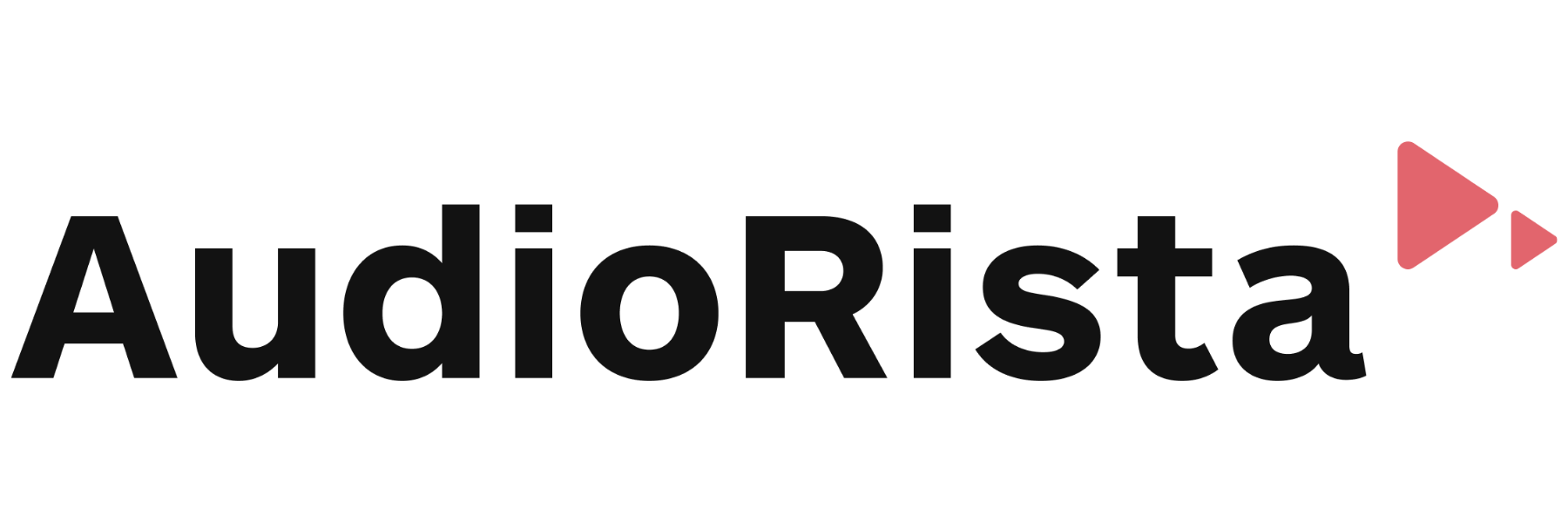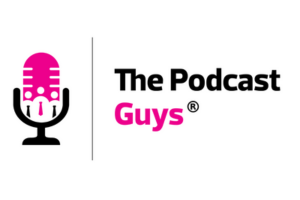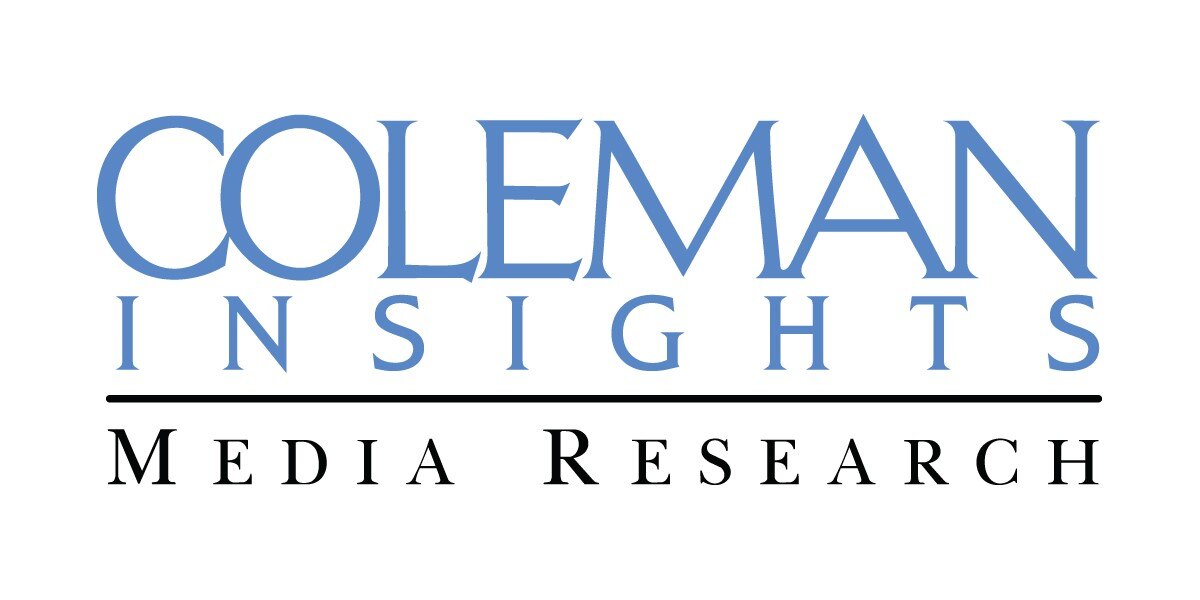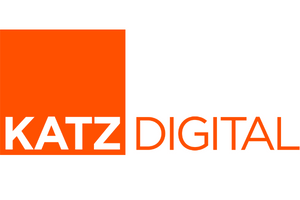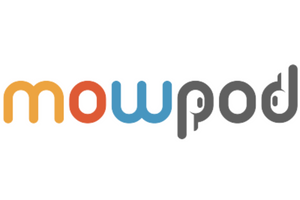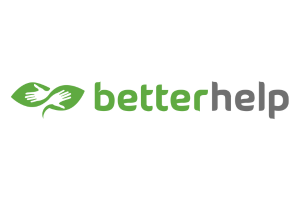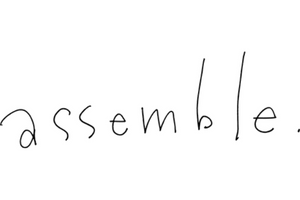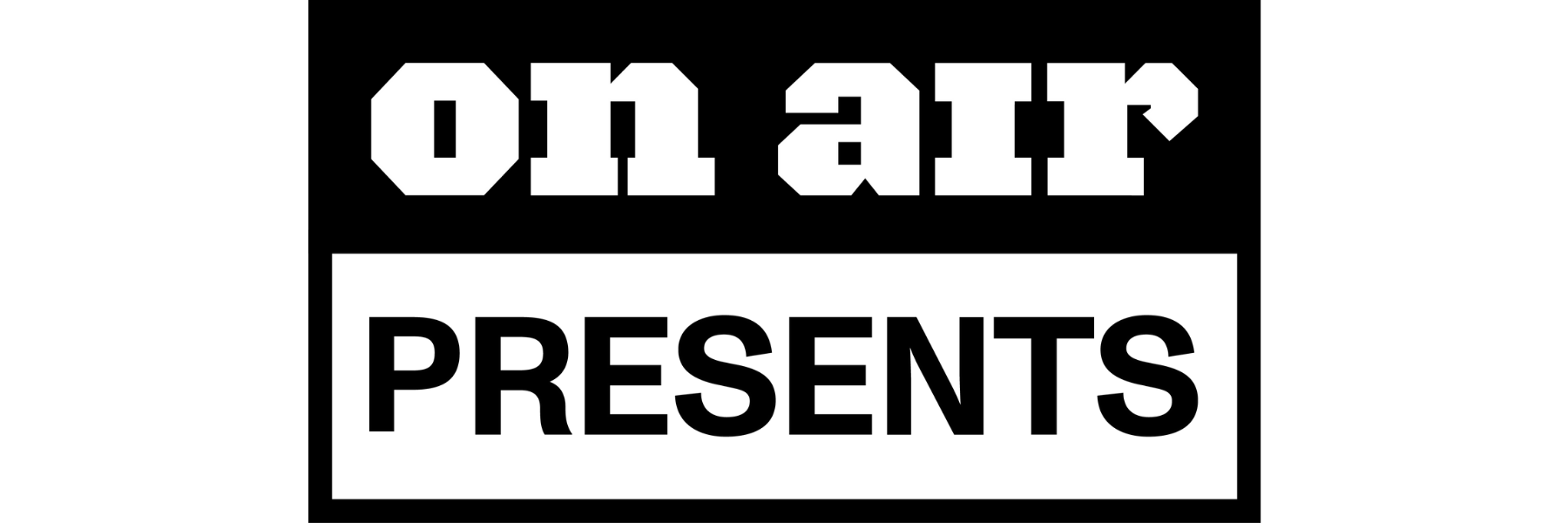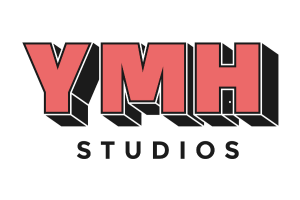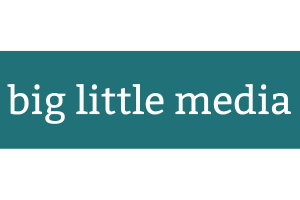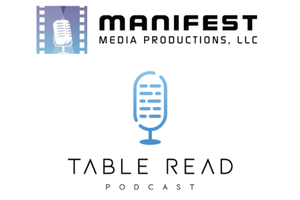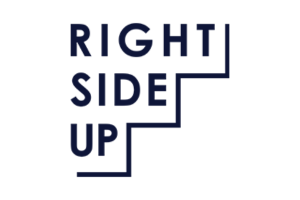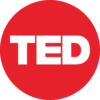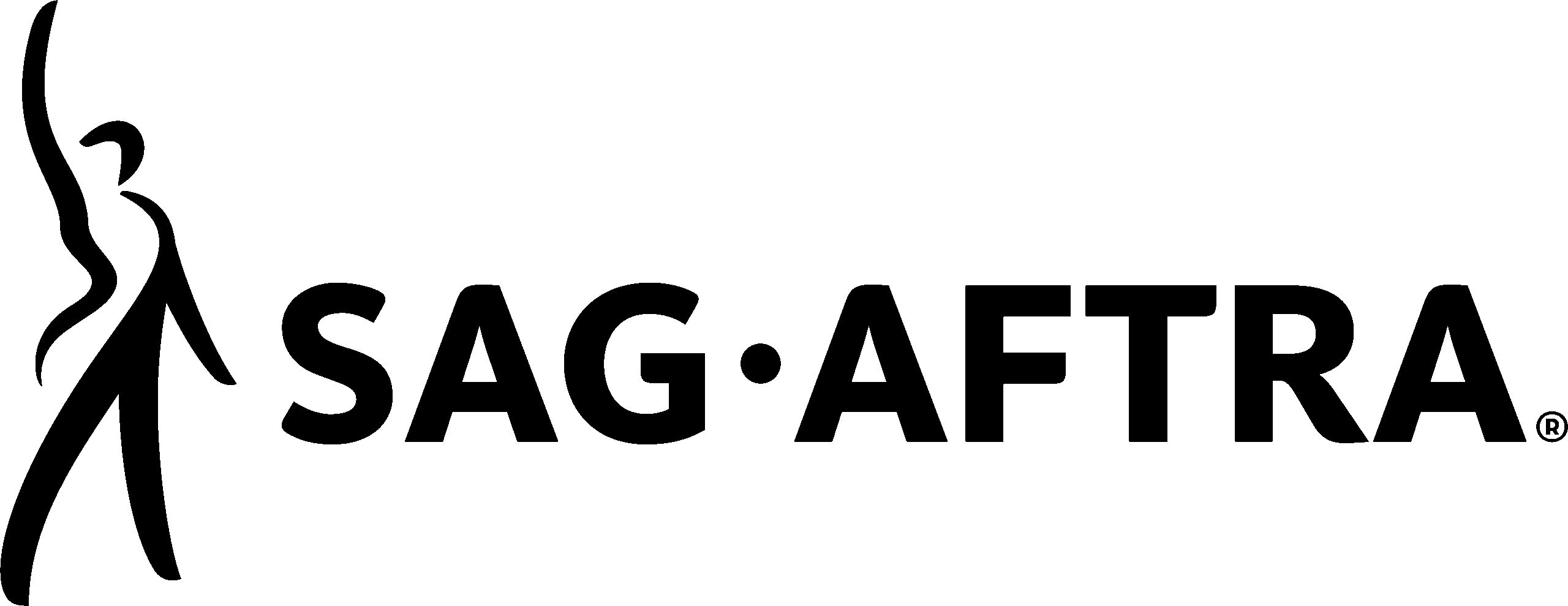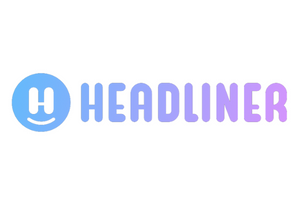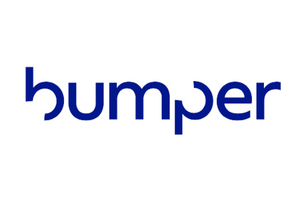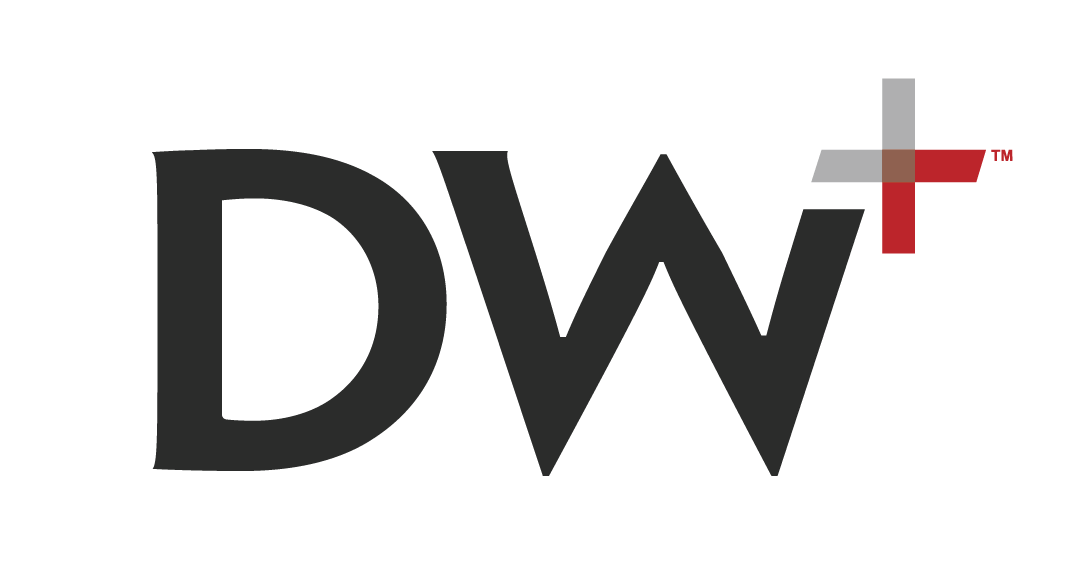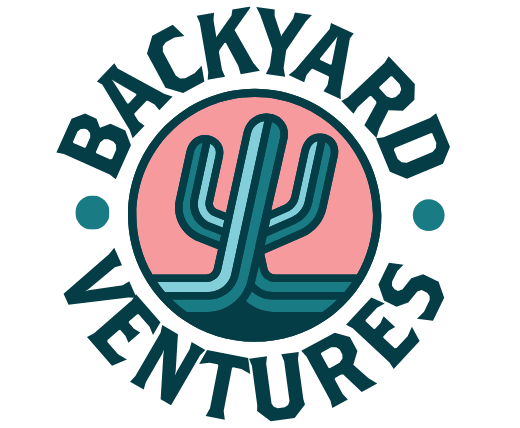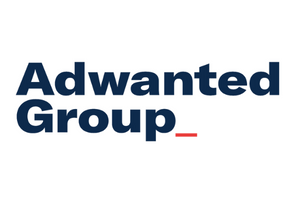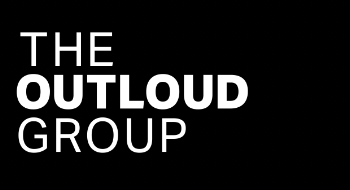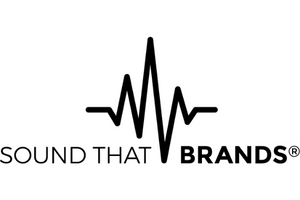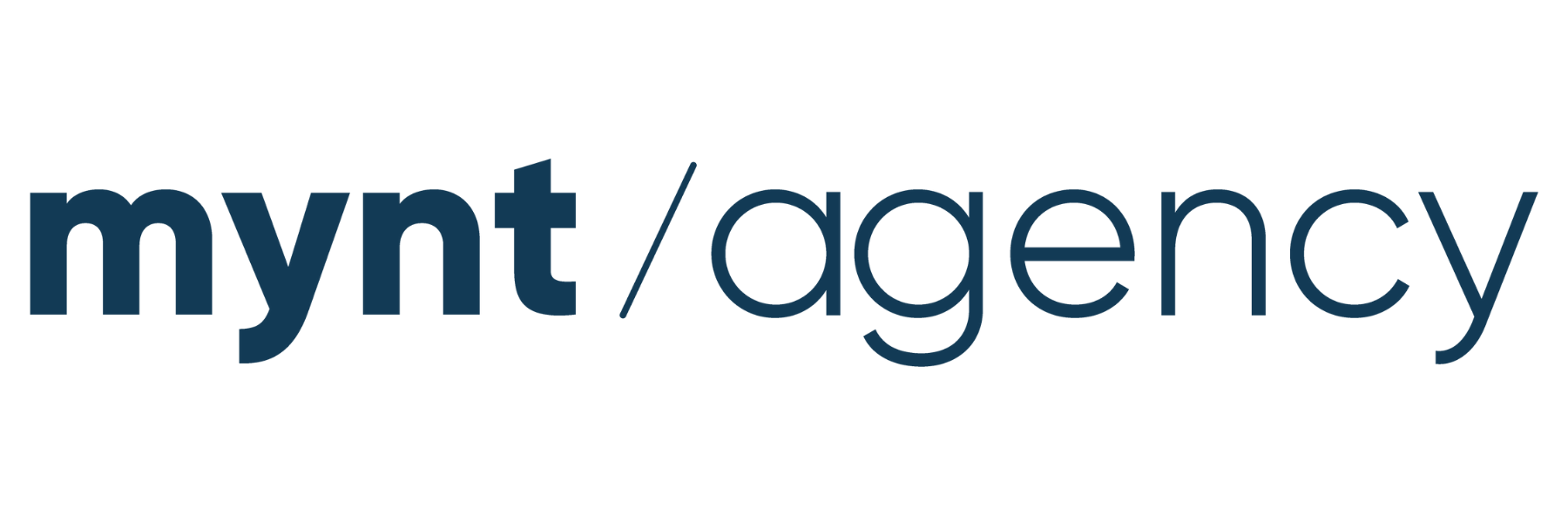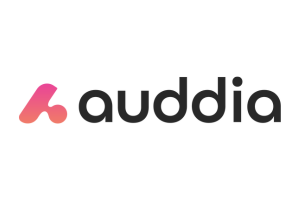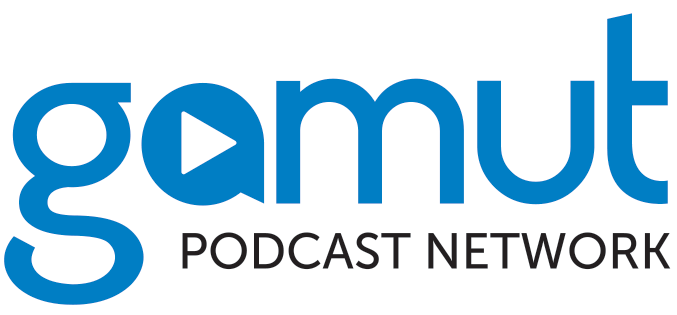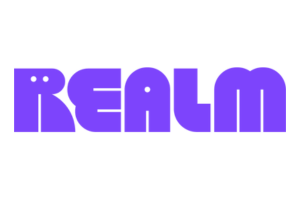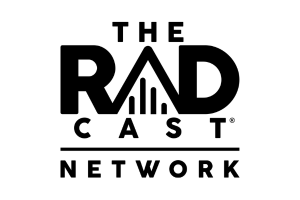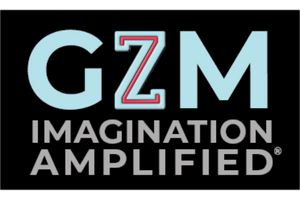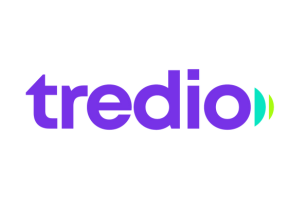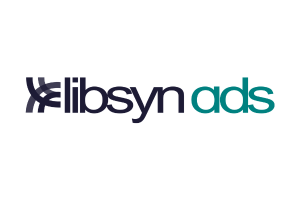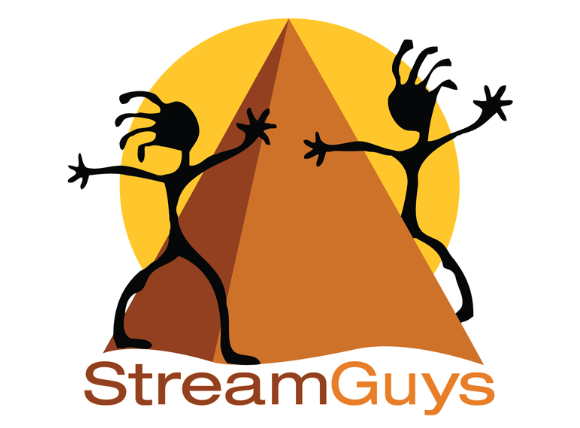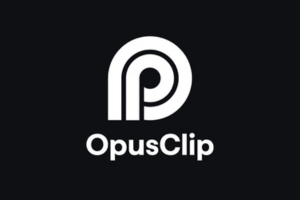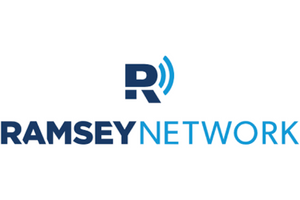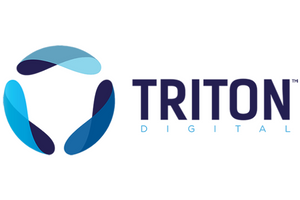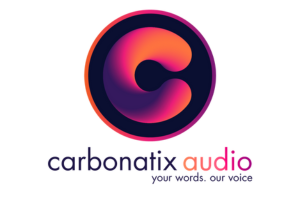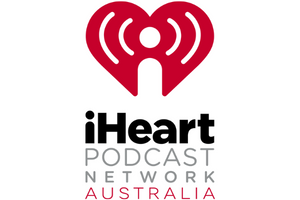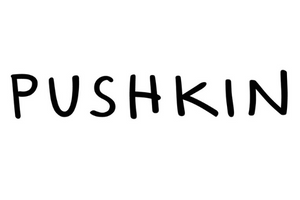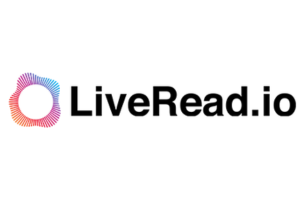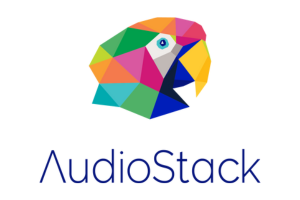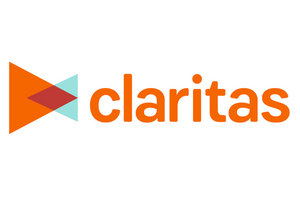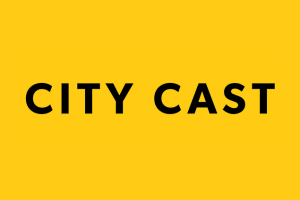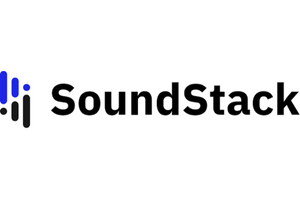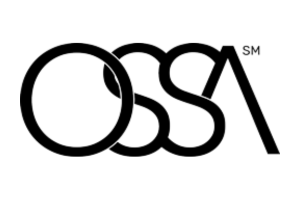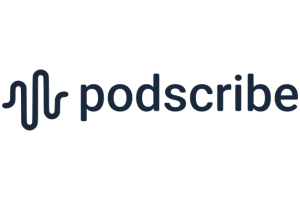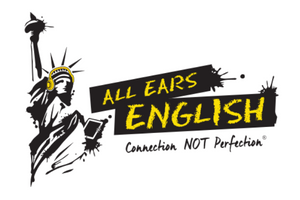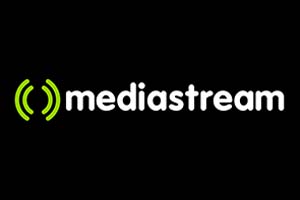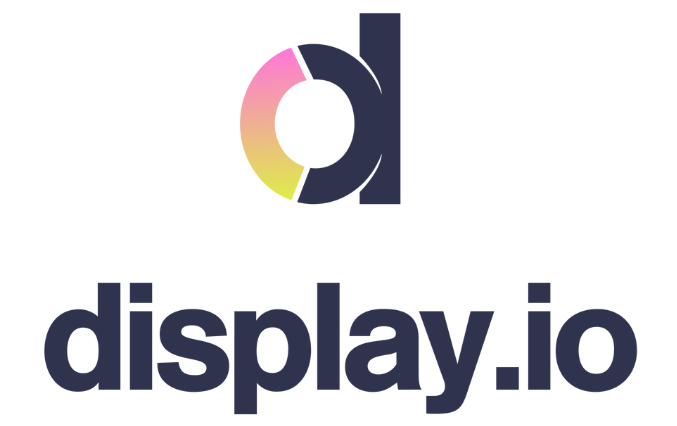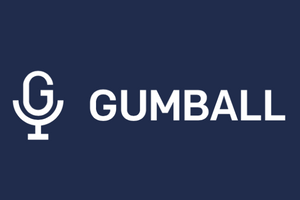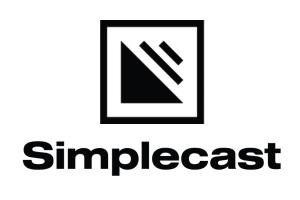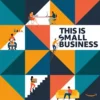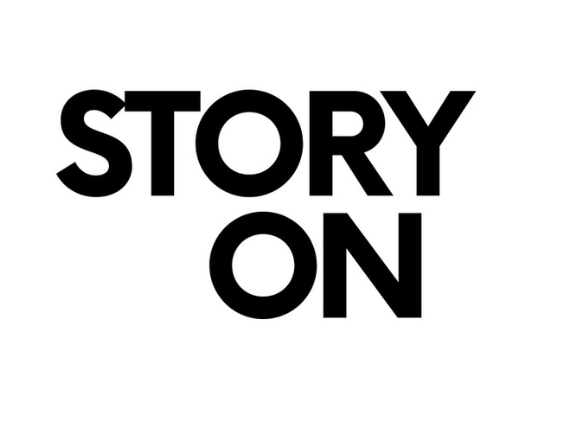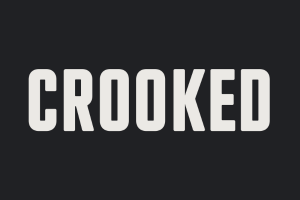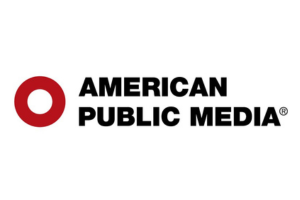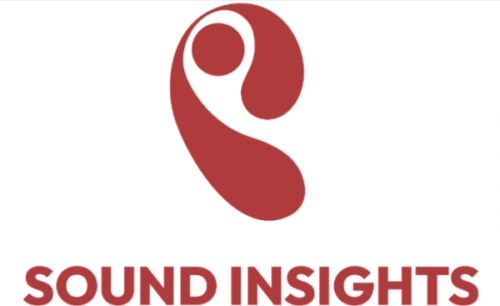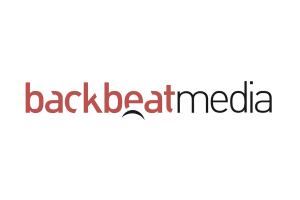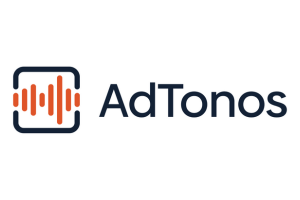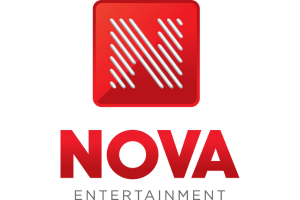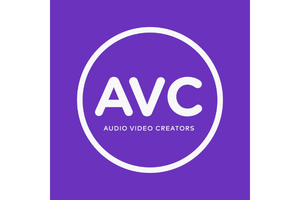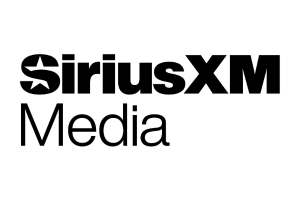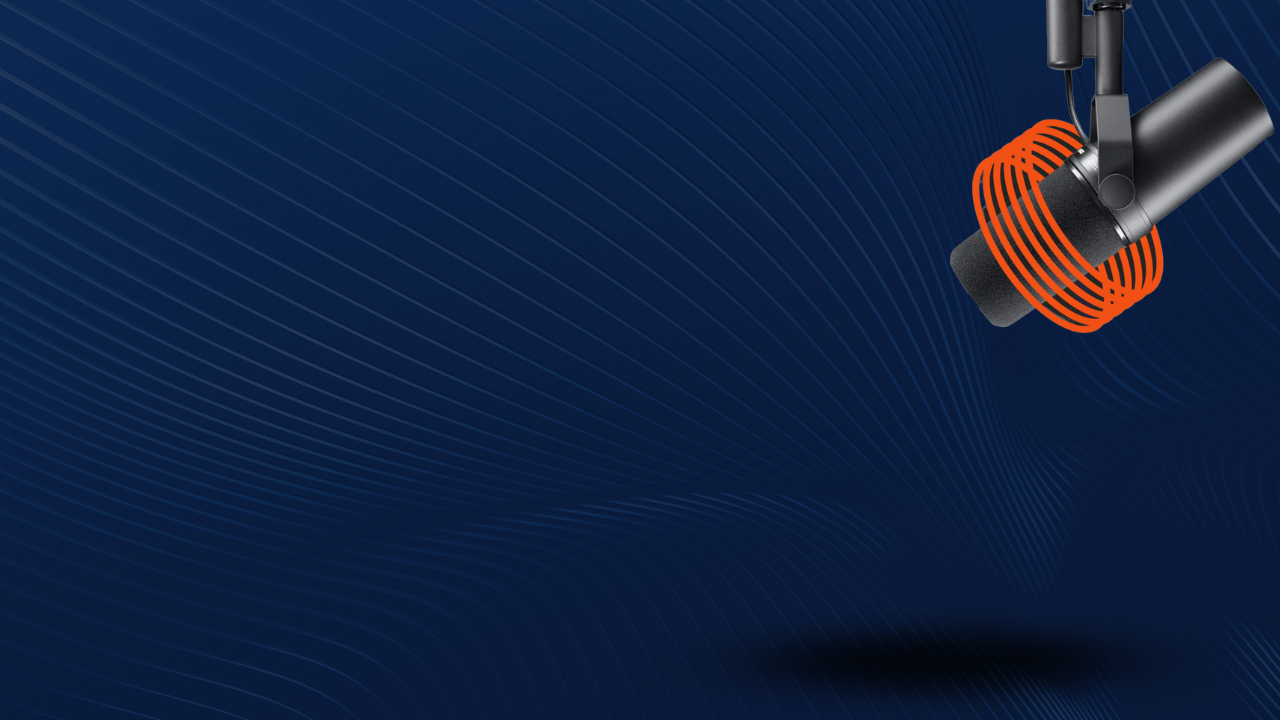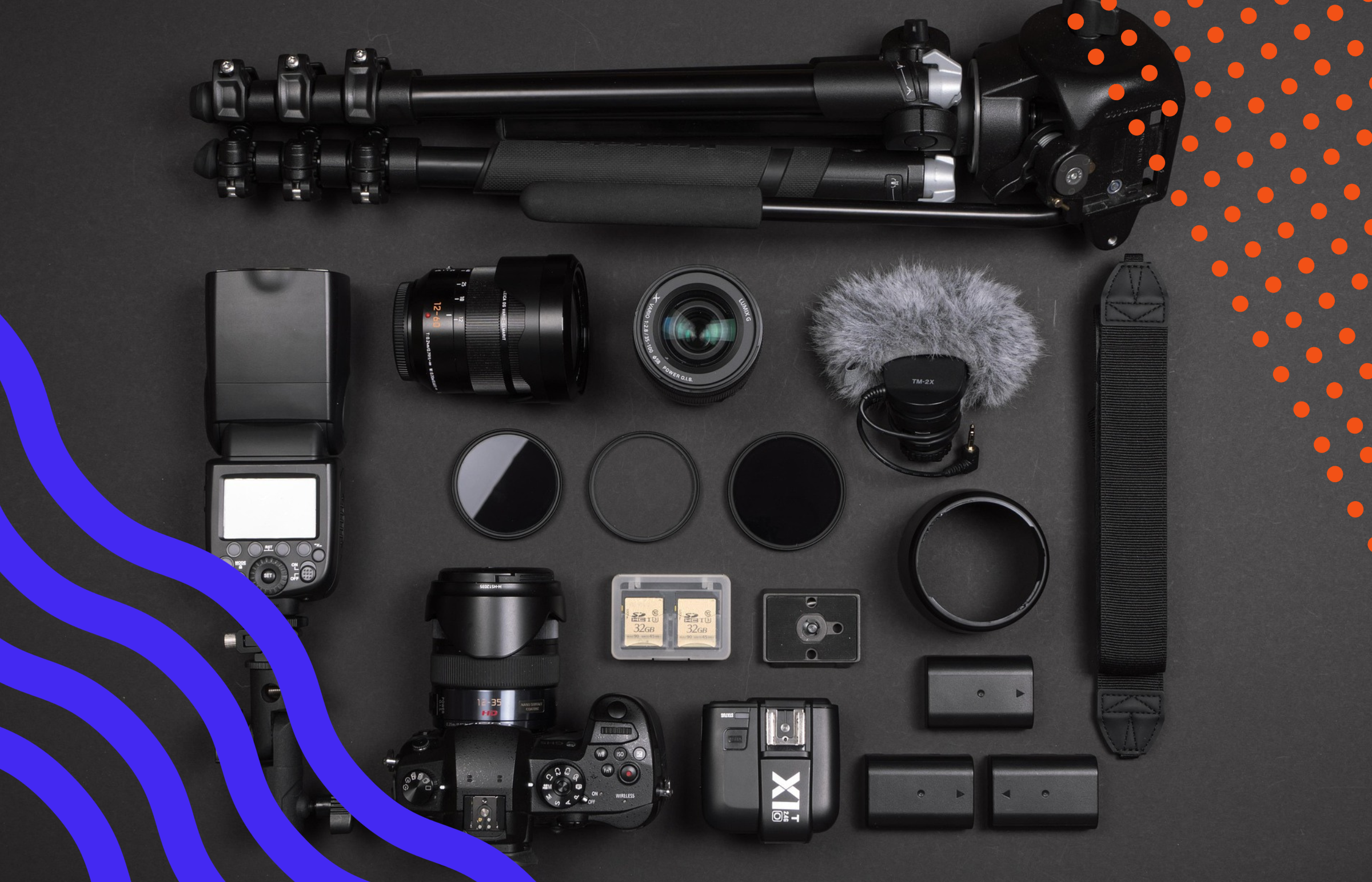Calling Creators “Kids” Is How Legacy Media Lost the Plot by Sean Howard and James Cridland
Flightpath founder Sean Howard starts off with a graph from an early September New York Times article representing a failure for Hollywood box office revenue to return to pre-covid levels. A chart that, since 2010, has trended downwards even without 2020’s sudden stop. A quote from Howard:
“I believe that consumption patterns for traditional entertainment will not return to pre-COVID levels. And while COVID had a drastic impact on the industry, it was not the cause of the ongoing decline. The most positive interpretation of this chart is that the curve may be starting to flatten, but there is no sign of a rebound from a trend that began in 2014.”
Despite consistent and bountiful research proving content creators and their user-created content is eating traditional media’s lunch as far as time-consumed and money spent, Howard still encounters the antiquated idea that influencers are just “kids in their bedrooms” not making “real” media.
He points to places like South Asia where traditional broadcasters either simulcast or fully skip legacy TV broadcasting to go straight to YouTube. Jimmy “MrBeast” Donaldson has built a media empire valued over $1 billion. CollegeHumor has rebounded with their buyout and Dropout rebrand, reaching an estimated monthly recurring revenue of $6 million. Content creators, influencers, and everything in between have caused a seismic shift in entertainment over the past 20 years and it’s well worth acknowledging the power they have with modern audiences.
A Blindingly Obvious Opportunity for Podcast Revenue Growth by Tom Webster
Tom “the guy who makes bar graphs” Webster focuses on a particular bar graph showing encouraging signs in The Podcast Landscape 2025, specifically relating to time spent consuming podcasts. This increased from six hours last year to just over six hours and twenty minutes this year, effectively one more podcast’s worth of time for those with bite-sized tastes. Improvement that can act as a proxy for engagement and how important podcasts are becoming in audiences’ daily lives.
Even with podcasting’s success, the ratio of users who give podcasts a shot vs those who partake regularly is still at just 50% conversion. Webster argues podcasting as a medium can do a lot better. More than 50% of people who simply try the concept of streaming television or listen to a song on Spotify for the first time is higher than that, there’s little reason podcasting can’t up those numbers. Especially with its ubiquity on basically every major media app.
The “blindingly obvious” opportunity comes in the form of 2025 weekly consumption data, broken down by how much time respondents spend consuming podcasts. With consumption handily exceeding six hours per week with men in general, and ages 18-54, women are only listening to 5.5 hours per week and the 55+ demographic is only clocking 5.6. Podcast companies have a huge opportunity to create a meaningful footprint with women aged 55+.
In last year’s report looking at Attention and Trust, podcasting scored as the most-trusted ad-supported platform for Americans aged 55+ in terms of the personalities bringing advertising messages.
“That means growing not just reach, but engagement with older women could have a force-multiplier effect on overall advertising performance (from the perspective of a buyer, certainly). If as an industry we can do a better job researching, creating content for, and marketing to women over 55, and take some of their low-attention media time away and shunt it into nutritious and delicious podcasts, that could make a noticeable difference in conversions and brand measures for the right brand.”
Ending things out, Webster points to something more directly actionable for readers to mull over: Film & TV podcasts remains a noticeably underdeveloped category with the older women demographic. Regardless of if one is thinking about podcasts starring actors, shows about TV itself, or podcasts rewatching popular shows, the hypothetical demand of the 55+ women in podcasting’s audience outpaces the performance.
The collaboration behind The Hidden Third
Sounds Profitable has a new interview with The Roost VP of Revenue & Partnerships Catherine Browne and journalist Mariana van Zeller discussing her new podcast The Hidden Third, produced in partnership with Muck Media. With The Roost now part of digital talent management company Night Media, the network is broadening its horizons beyond its comedy and gaming-focused roots.
This new focus on creator-lead stories has brought together Zeller and Muck Media to report on the “hidden third” of global commerce. The Roost handles distribution, ad sales, and growth while Zeller and Muck Media are able to focus on the content itself without sweating the details of future live shows, special investigations, and community events.
Building Interactive Audio Experiences in Hit Replay – Spooler x Pantheon Media.
Once again, collaboration is the word of the day. In a new deep-dive conversation, Bryan Barletta is joined by Spooler co-founders James Boggs and Andy Bowers, as well as Pantheon Media co-founders Christian Swain and Peter Ferioli. The group spends a half-hour breaking down how the two companies came together to create Hit Replay, an interactive podcast puzzle game produced in partnership with the San Francisco Travel Association to promote the Grateful Dead @ 60 – San Francisco Legacy project.
Beyond that, they drill down into both Spooler and Pantheon Media’s philosophies regarding generative AI use, disclosure of voice clones in content, and their “anti-slop” mission.
Americans Keep Holiday Spirit Strong Despite Economic Uncertainty.
Inside Audio Marketing takes a look at the new NRF Winter Holidays data, featuring survey data collected by Prosper Insights & Analytics. The survey was conducted the first week of October with 8,247 U.S. adults. Consumers surveyed expect to spend an average of $890.49 USD on holiday gifts, food, decorations, and other seasonal items. That marks the second-highest expectation in the survey’s 23 year history, representing just a 1.3% decline from last year’s record high of $901.99. Of that money, $627.93 is expected to go into gift purchasing.
Shopping starts earlier than the traditional beginning of the holiday season, with 42% of consumers already browsing and buying before November. 85% of respondents anticipate higher holiday prices due to tariffs, and 63% plan on doing the bulk of their shopping using Black Friday/Cyber Monday deals on Thanksgiving weekend (up 4% from last year).
Online shopping remains the most popular anticipated destination, with 55% of respondents expecting to place holiday orders digitally. Grocery stores come second at 46%, then department stores at 44% and discount outlets at 42%.
Finally, it’s time for our Quick Hits. These are articles that didn’t quite make the cut for today’s episode, but are still worth including in your weekend reading. This week:
- A new episode of Podcraft features guest Tom Webster joining in to discuss the power of using research as a creative partner.
- The BBC has posted their Q3 audience report for BBC Sounds, including a total 252 million plays of on-demand radio and podcast content across Q2.
- Inside Audio Marketing has coverage of Audacy’s new State of Audio report focusing on the impact of content creators.
- Netflix is not looking to buy Warner Bros. Hernan Lopez pitches the streamer’s best target for acquisition is actually Spotify.
- Axios covers the announcement that the IAB is moving NewFronts to March starting next year, as well as launching a new upfront called CreatorFronts meant to run alongside Podcast Upfront in the fall.


